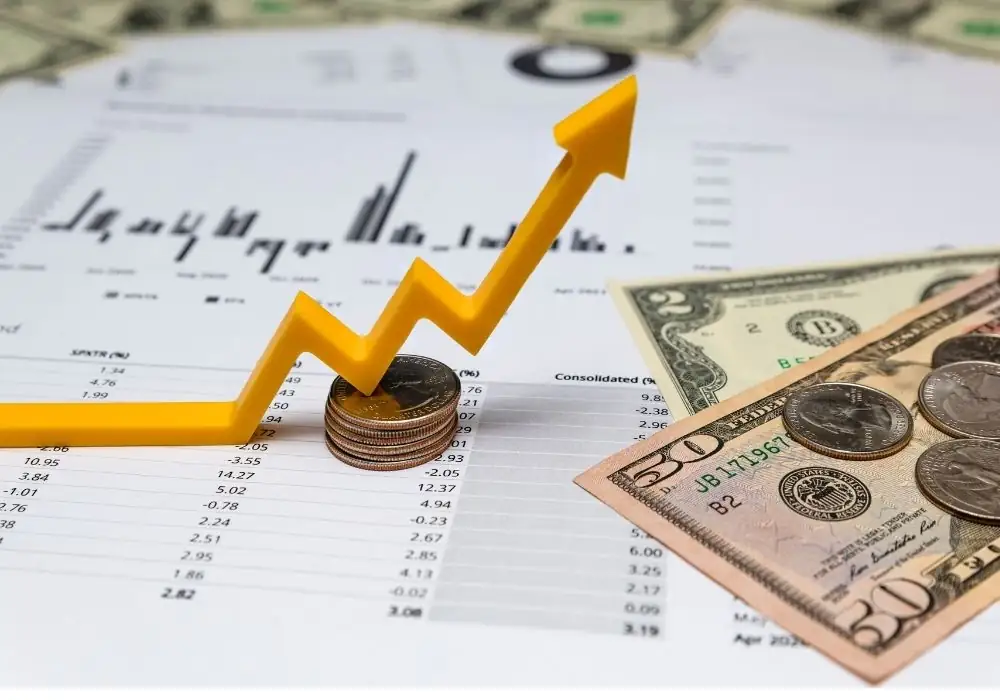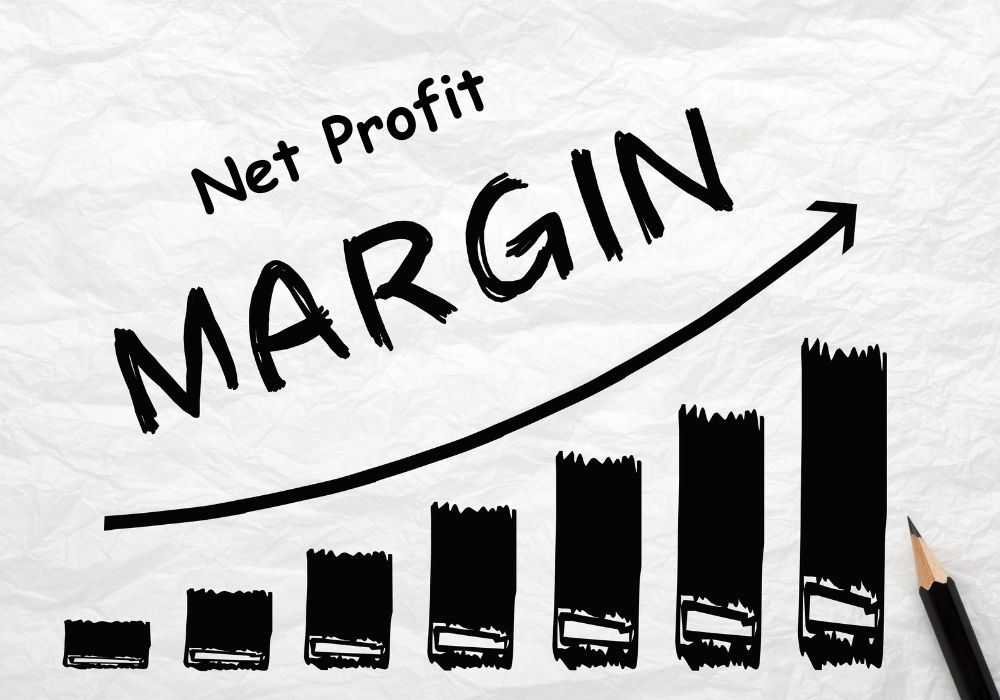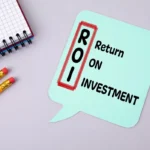Are you a college student who wants to do a part-time job, or planning to start your own side hustle? then this article is what you’re looking for.
In the business landscape, numbers play a major role, as it’s impossible to run a business without crunching numbers. We’re talking about the money a business racks in – that’s where the revenue equation comes in.
Let’s barge forward and try to grasp the whole revenue equation with examples, and also learn other aspects of it.
What’s Revenue?
In a nutshell, it’s the money a business receives from sales. It can be anything like products, services, you name it. It’s the total amount of money a platform is raking in, before deducting rent, salaries, or other stuff.
Imagine you’re selling lemonade for $2 at a stand. Each glass adds $2 to your revenue, right?
That’s it, the revenue equation is all about the total cash flow you get after selling your product or services.
How To Calculate Revenue?
Its formula is –
Revenue = Price × Quantity
Are you getting it? It’s the simplest term in the world of accounting, but the most crucial aspect. In simple words, it’s the price of an item you charge, and the quantity you sell. Multiply them, and you get your Revenue.
Example 1: Your Lemonade Store
Just think you’re operating a lemonade store outside your house. You sell 1 glass for $2, and you sell 50 glasses by the end of the day. Now let’s do the math.
R = $2 × 50 = $100
Sweet! You’ve made $100. That’s enough to buy some new video games or maybe treat your friends to pizza. But here’s the kicker—revenue isn’t profit.
You’ve got to subtract the cost of lemons, sugar, and those cute paper cups. We’ll get to that later, but for now, focus on the revenue: $100 in your pocket from thirsty customers.
In case you set up a shop on a less crowded street, will you get any customers? Well, your sales not only depend on your product, but the location matters the most.
So, before kicking off your own shop, analyze your market, so you don’t have to wait for customers for hours.
Example 2: A Real Business Scenario
Let’s scale things up. You’re running a T-shirt business online. You sell custom-designed T-shirts for $20 each, and this month, you sold 200 of them. Let’s do the math:
Let’s think a little bigger, you’ve an online apparel store, where you sold 200 custom-print T-shirts in a month. Now, say one t-shirt costs $20, your revenue will be
R = $20 × 200 = $4,000
Not bad, right? That’s $4,000 flowing into your business. Now, you might be thinking, “I’m rich!” Hold your horses—those T-shirts cost money to make, ship, and market.
But the revenue equation doesn’t care about those costs yet. It’s just telling you how much money you brought in from sales.
Here’s where it gets interesting. Businesses don’t always sell just one thing at one price. Let’s say you also sell hoodies for $40 each, and you sold 50 of those. Now your revenue equation gets a bit fancier
It’s not just about multiplication, as businesses can have different prices for different products. Let’s say you sell 50 hoodies for $40 each, your Revenue equation will be a bit fancier.
R = (T-shirts Price × T-shirts Quantity) + (Hoodies Price × Hoodies Quantity)
So:
Revenue = ($20 × 200) + ($40 × 50) = $4,000 + $2,000 = $6,000
Here is what the numbers look like. Your total revenue will be $6,000, and this is how you should add up revenue for selling multiple items.s
Why Does the Revenue Equation Matter?
Why shouldn’t it matter? Without such an equation, a business can’t operate and will be doomed to fail.
If there is no data on how much revenue is coming in across different categories or selling different kinds of items, there will be no growth in a business.
So, without a revenue equation, you can’t pay for supplies, and employees, or even plan to buy a new gaming console.
Imagine you teach young kids for $40 an hour and 10 hours a week. You will take home $400 per week, right?
Revenue = $40 × 10 = $400 per week
That $400 will be a game-changer, as it will help you pay off your car loan and even take a little vacation. The revenue will cover the cost for an entire month, or help you get out of a bad debt.
Discounts and Promotions
To boost sales, businesses often sell items at discounted prices. For instance, if you have a bakery shop, where you sell $10 chocolate cake at a 10% discounted price, now, your $10 cake will be $9 each. So if you sell 200 quantities in a month, you will make a whopping $18,00.
Revenue = $9 × 200 = $1,800
In case you don’t offer a discount, your cake gets sold at a full price of $10. In such a case, if you’re a new store, you might find it hard to get more customers, and your sales could be far less.
Discounts will surely bring more sales but can mess up your revenue if you get more RTOs than deliveries. But businesses perform better with offers and deals, so you see almost every business has some sort of offers to boost sales.
On the flip side, if you set the price higher, customers will run away, and if it’s way too low, you won’t get any profit. So, it’s crucial to analyze your price structure and set it up based on both interests.
Subscriptions and Services
Not all businesses sell physical stuff like lemonade or T-shirts. Some sell subscriptions or services, like Netflix or your local gym.
The revenue equation still works, but it might look a bit different. Let’s say you start a math tutoring app with a $10 monthly subscription, and 500 people sign up:
Revenue = $10 × 500 = $5,000 per month
If your one premium plan costs $20 a month, and 100 people buy it, your revenue is
R = ($10 × 500) + ($20 × 100) = $5,000 + $2,000 = $7,000 per month.
Subscription services are the best of businesses because they give predictable revenue. The only challenge it has is to keep customers happy, or they’ll hit “unsubscribe”.
Real-World Applications
Big companies use the revenue equation all the time. Take Apple. They sell iPhones for, say, $1,000 each and move millions of units. Their revenue equation is mind-boggling:
Revenue = $1,000 × Millions of iPhones = Billions of Dollars
But they also sell apps, iCloud storage, and music subscriptions, all adding to their revenue. The equation helps them track every piece of the puzzle.
Just take the example of a movie theater. They produce money from selling $12 tickets and $10 popcorn. If 100 people buy tickets and 50 buy popcorn, their revenue will hit:
Revenue = ($12 × 100) + ($10 × 50) = $1,200 + $500 = $1,700
So, this revenue model is essential for them to raise the ticket price or promote popcorn. Once they figure out what’s bringing in more revenue, they can increase the sales for one of their services.
Wrapping It Up
So now you’ve understood what the revenue is and how to calculate it to run your business smoothly. It’s simply Price * Quantity, but it’s applied to every type of business, whether you’re selling a lemonade or running a giant tech empire like Apple.
Whether the business will fail or win will depend on how much cash it’s getting, so this revenue equation keeps you grounded.
As you head into college or maybe start your own hustle, keep this equation in your back pocket. It’s like a trusty calculator for your dreams.
So if you’re ever planning to kickstart your start-up, play with the numbers first, and plan stuff according to your budget.
Now, get out of your comfort zone and make some revenue. Just don’t forget to have fun along the way!







